The secrets of the basket-maker: 'With a basket, you watch it grow before your very eyes'
Anna Stickland has woven a new career as a basket-maker; she spoke to Nick Hammond.
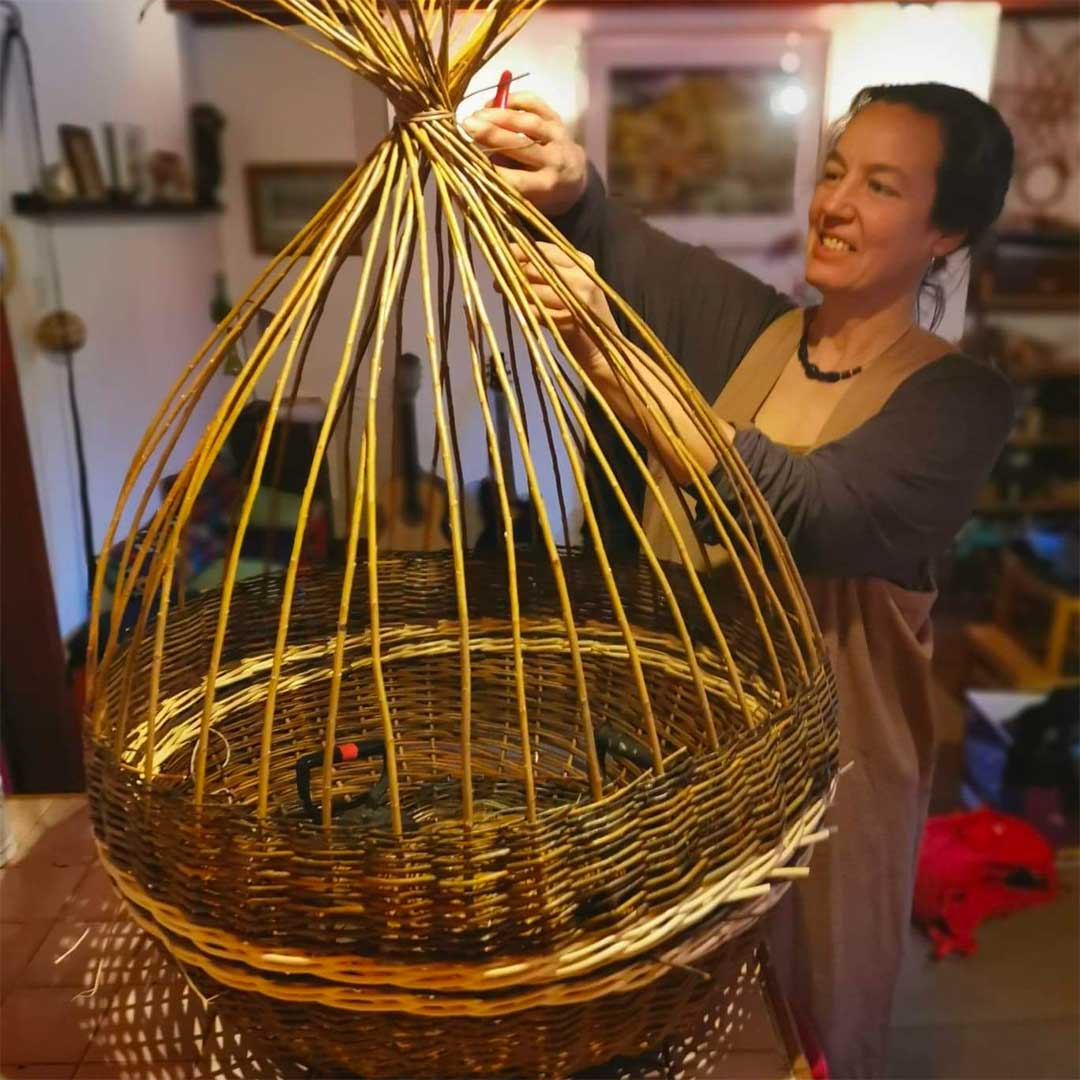

It may not be canoeing remote waterways or trekking jungle trails in Borneo, but basket weaving in Wales contains a thrill of its own for Anna Stickland. She’s more used to leading adventures, school groups, biking tours and more around the world, as well as hosting wet woodland days closer to home in the shadow of the Brecon Beacons. These days, however, she gets her kicks from the more prosaic-sounding rural craft.
‘I occasionally do caving or navigational instruction work with the army and get some stick about my basket weaving, believe me,’ says Anna. ‘It amuses them to refer to me as a basket case!’
There’s a serious message behind her words. ‘In the army, if people need to take time off for mental health reasons/PTSD it is still referred to in a derogatory way as “basketmaking leave”,’ she explains. In her part-time role with Coed Lleol (Small Woods Wales) she also provides woodland wellbeing sessions, often for people with mental health problems.
‘My role in providing challenging outdoor activities with the army is so that they encounter stress prior to being deployed in war zones, so that they recognise the physical sensations that come with fear, and they learn to overcome.’
‘It is useful that I now have the confidence to be both “hardcore” as they see me but also able to be creative and crafty,’ she says.
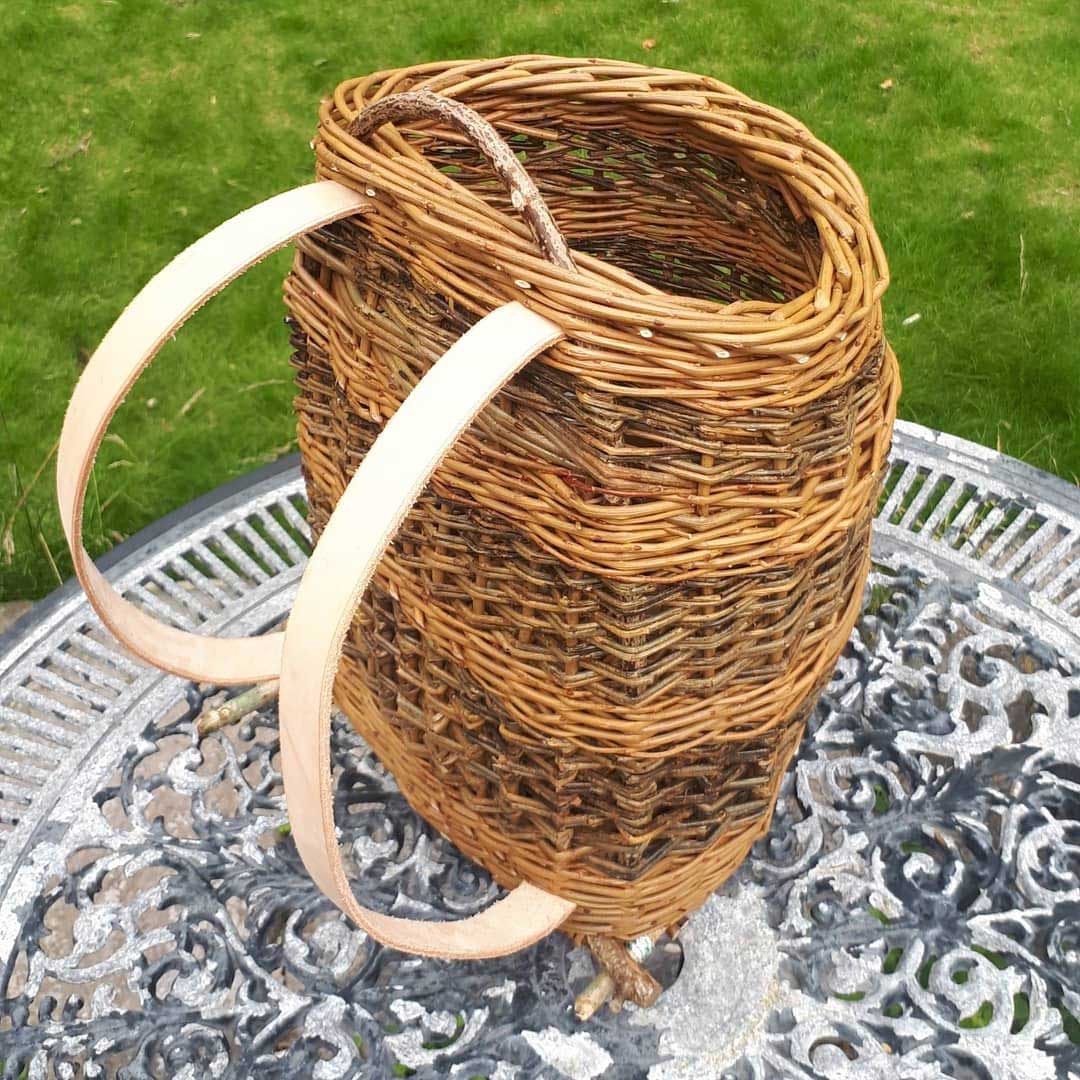
Anna decided to take up weaving a few years ago, taking a year-long City and Guilds course to enter the profession. .Today, she is pleasantly surprised to find her order book now bulging with requests for rustic baskets. They range in size and style from little gardening trugs to elephantine log baskets — and everything else in between.
‘I get commissions all the time, all sorts of weird and wonderful things, from Moses baskets to lampshades and Christmas decorations,’ says Anna.
Exquisite houses, the beauty of Nature, and how to get the most from your life, straight to your inbox.
‘I was so pleased when I managed to sell my first basket and, now, I have my own website and I’m kept busy several days of the week, weaving away.’
Using mainly willow, but also a mixture of other natural materials — hazel for frames, for example, as well as birch fronds, bramble, ivy and so on — the maker is a keen observer of differing designs and styles from around the UK and beyond. The development of the basket, she says — and, perhaps more meaningfully, the fact that a design may not have changed for a millennia or more — points to the fundamental fulfilment of a basic human need.
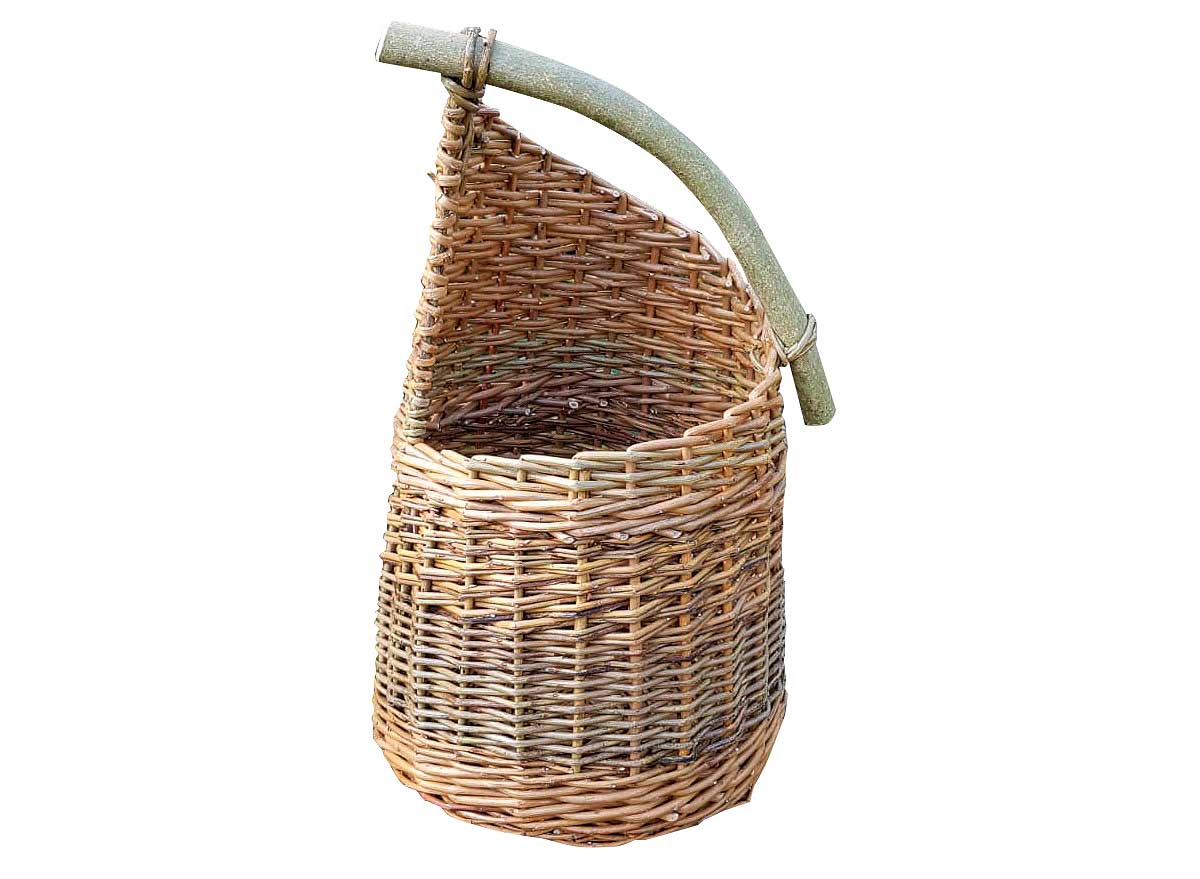
‘I used to travel a lot for my work, whether that be in different parts of the UK or around the world, and the use of local, natural materials to create something that allows people to gather more and keep their hands free is the same universally,’ she explains. ‘Here in the UK, we are fortunate to have ready access to good, straight sticks such as willow, but, elsewhere, where the naturally growing foliage is different, it means local people produce differing shapes and designs — usually coiled baskets, using multi-strands of soft fibre.
‘Where we might have created new technology or materials to take the place of many former uses of baskets, if I happen to be somewhere such as India, I only have to look at a local building site to see people using traditional woven baskets as they have done for generations.’
With Radio 6 playing merrily in the background and a bundle of willow at her feet, Anna can make a basket or two a day, depending on the style, design, size and on whether or not she has enough prepared material in stock. ‘You can’t simply take willow and start weaving with it immediately; it has to be soaked and then mellowed for a good while first — a day per foot. So, if you place an order with me today and I have no willow ready, it might be two weeks before I can begin to make your basket.
‘After that, it depends on how unique and intricate the design is. Of course, I’m faster at some styles than others.
‘It’s remarkably peaceful and meditative, actually,’ she reflects. ‘I find it incredibly relaxing and it’s been a rather nice way to spend the colder, wetter months here in the kitchen — even if I do have to keep the kitchen cold to stop the willow drying out.
‘I’m doing something with my hands that I can sell. So many jobs these days — I’m thinking of emailing and the like — leave us frustrated at the end of the day, because they create no real feeling of having achieved anything. With a basket, you watch it grow before your very eyes, a natural, organic thing, and, when you are finished, you have made something you can touch, which you can sell on or gift. It’s extremely rewarding.’
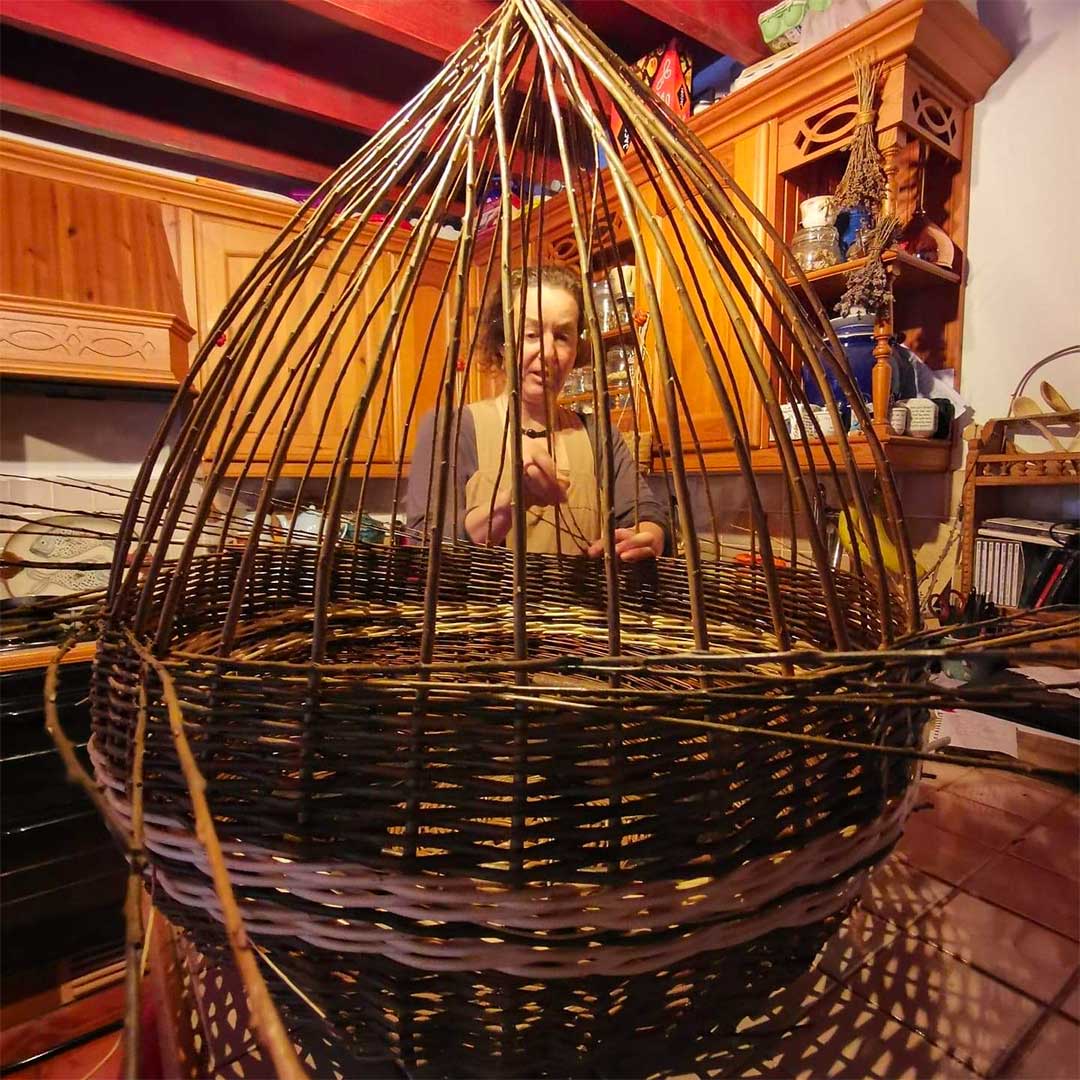
Despite the ability to take refuge in her kitchen to weave her magic, Anna explains that the use of natural, local materials has also kept her need for the great outdoors alive and encouraged her to forage for raw material: twisted sticks for handles and hazel to make frames for lids and bases. It’s a very seasonal activity — planting willow cuttings in the spring and harvesting the willow beds before they bud, stripping the willow bark in the summer for white rods, collecting hedgerow materials in the autumn.
‘I have always loved the outdoor life and weaving has allowed me to continue with that, as well as earning some money at a time when I can’t do a lot of my usual work,’ she adds.
‘I am very grateful for that. Any excuse to get out in the woods near my home — and I’m there.’
Anna Stickland Weaving — www.annasticklandweaving.co.uk
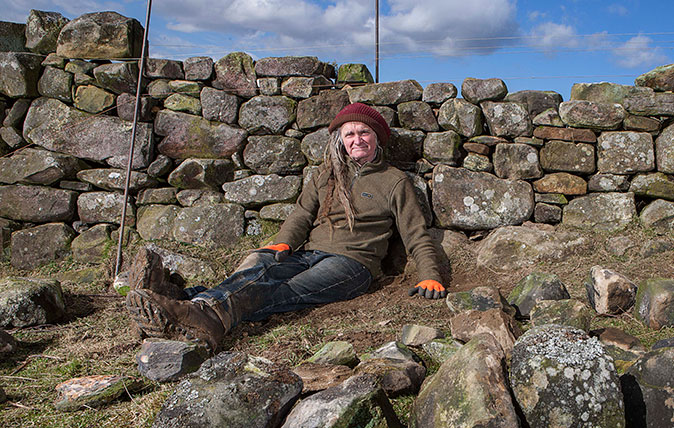
The dry stone wall builder: 'Every metre of wall contains a ton of stone. You really feel it after a hard week.'
This week's Living National Treasure is Anthony Gorman, a man who has spent his life building beautiful walls by hand
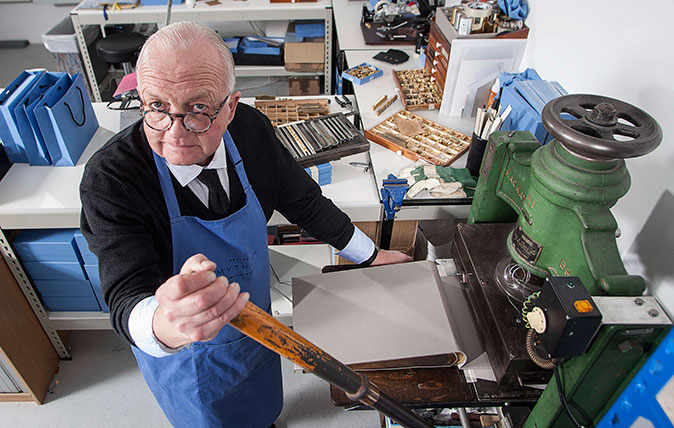
The gold stamper: ‘The younger generation is very appreciative of artisan work – they’re the ones driving the trend’
This week's Living National Treasure is John Timms, the man who leads the team that stamps gold lettering into thousands
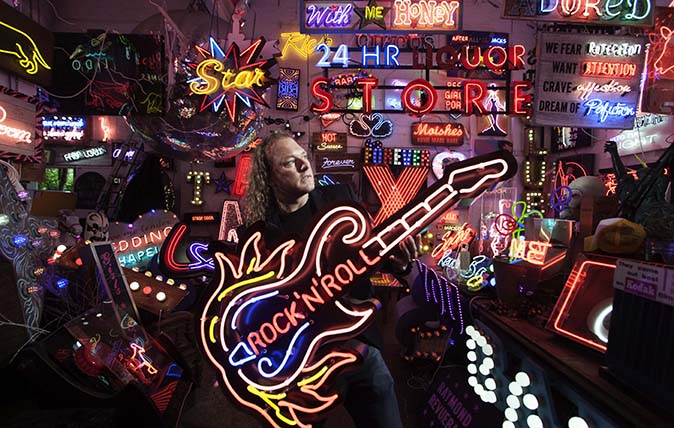
The neon sign maker: 'Piccadilly Circus was our answer to Vegas – now it's all pixellated screens'
This week's Living National Treasure is Marcus Bracey, the man behind the neon signs that light up our cities. He
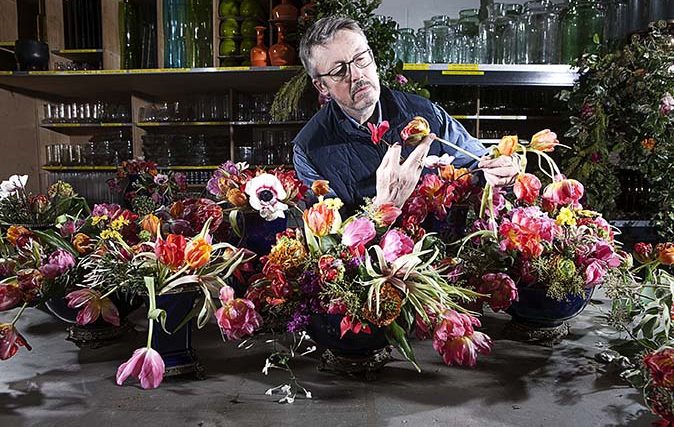
The Florist: 'What I do is like good cooking – if you have beautiful ingredients, you can’t go wrong'
This week's Living National Treasure is royal florist Shane Connolly – and while he might be based in Britain, he's
Country Life is unlike any other magazine: the only glossy weekly on the newsstand and the only magazine that has been guest-edited by His Majesty The King not once, but twice. It is a celebration of modern rural life and all its diverse joys and pleasures — that was first published in Queen Victoria's Diamond Jubilee year. Our eclectic mixture of witty and informative content — from the most up-to-date property news and commentary and a coveted glimpse inside some of the UK's best houses and gardens, to gardening, the arts and interior design, written by experts in their field — still cannot be found in print or online, anywhere else.
